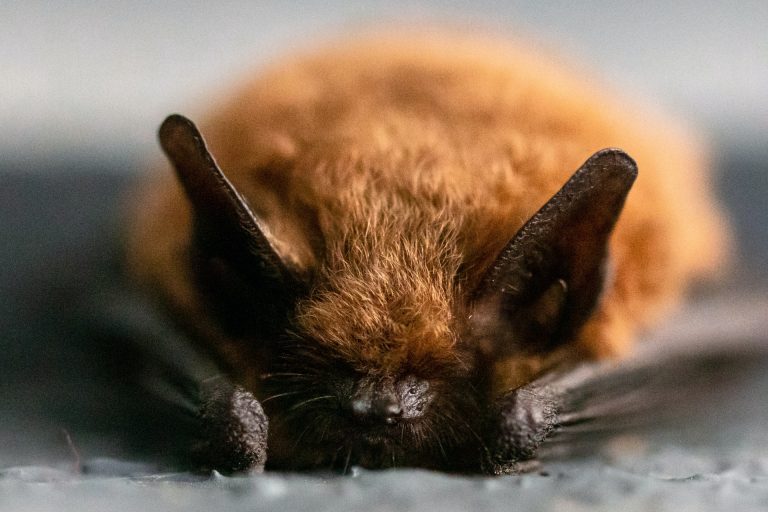Bats have such a bad rap. The first things that come to mind when thinking about bats are Halloween and vampires. The three species of vampire bats that feed on the blood of mammals such as domestic livestock and birds have affected our attitude about all bat species.
Tales of vampire bats were first told in the 16th century during the Columbus and Cortes explorations. Charles Darwin was the first to see a vampire bat in 1835, but no one knows when these bats were named in association with ancient legends of human vampires.
But instead of screaming in fear when we see a bat, we should be singing their praises because their good way outdoes the bad.
Bat Facts
Bats are mysterious creatures, leaving many people with questions such as “What do bats eat?” and “How long do bats live?”
Here are some basic and amazing facts about bats:
- There are approximately 1,400 bat species worldwide. About 45 species live in the United States.
- The three vampire bat species live in Mexico, Central, and South America.
- Bats range in size from the bumblebee bat at 1.3 inches to the Flying Fox bat that has a 6-foot wingspan.
- The majority of bats eat insects. Some bat species also eat nectar and fruit.
- Bats can consume up to 1,200 insects per hour.
- Bats have an average lifespan of between 20-30 years.
- Forty percent of bat species are protected and endangered.
- They are the only mammals with the ability of sustained flight.
- While many bats can fly at about 60 miles per hour, University of Tennessee researchers found that the Mexican free-tailed bat can reach speeds of 100 miles per hour, making it Earth’s fastest mammal.
- When winter turns the temperatures colder, some bats hibernate while others migrate to warmer climates where the insect population remains plentiful.

The Good That Bats Do
Because bats are so misunderstood, people are often careless with the way they treat bats and their roosts. But, bats have been in existence for more than 50 million years and are vital to our ecology and economy. According to Bat Conservation International, “bats provide vital ecosystem services in the form of insect consumption, plant pollination, and seed dispersal, making them essential to the health of global ecosystems.”
Bats are Pollinators
Pollination is essential to about 80% of all our plant-based food and products. Pollination takes place when bats enter flowers to drink the nectar. In the process of doing that, they move pollen grains from the male part of the flower to the female part. It is estimated that in the U.S., the pollination of agricultural crops is valued at $10 billion annually.
Bats are Exterminators
Bats eat a significant amount of the mosquitoes and other annoying insects that plague our backyard, where we like to relax and entertain in the summer months. In addition, they consume insects that destroy crops. This results in the use of fewer pesticides as well as the amount of crop loss. It is estimated that bats save the U.S. somewhere between $3.7 and $54 billion in pest control services each year.
Bats are Dispersers of Seeds
When bats eat fruit, their guano drops seeds away from the parent plant, allowing new plants to grow with less competition. Several plants that benefit from this are figs and cacao, from which chocolate is made.
